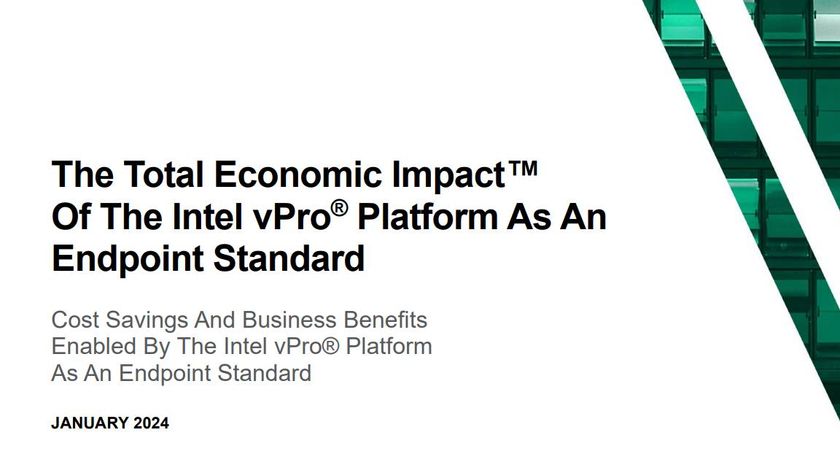The good news is that many of these issues have now been remedied, as both IE6 and 7 worked fine and we also found improvements to the administration guide make it a lot clearer. However, the web interface's on-line help facility still needs some work as it's littered with spelling mistakes and occasionally comes across as condescending. ClusterScale has now implemented a new quick start wizard, which is run from the local system console. This guides you through initial installation where you opt for master or slave modes and provide physical and virtual IP addresses for LAN and WAN sides.
For testing we opted for the two-armed NAT mode where we created a server farm providing web, mail and FTP services to our test clients, which were located on a different subnet. We found this process simple enough and created virtual servers for each service using the appropriate port numbers and then associated the physical servers with them. During testing we had no problems with our test clients accessing our server farms for mail, FTP and web services. We also tested HA by powering off the master appliances and saw the slave reconfigure itself as the new master with minimal interruption to our test traffic.
Six load balancing options are on offer with the round robin mode intercepting incoming requests and distributing them to each server in strict rotation. The default weighted round robin mode enables priorities to be assigned to each server in the farm thus ensuring the better specified servers have more to do and you can set limits on the minimum and maximum number of connections for each one. Traffic distribution can also be determined by the least number of connections or you can use source and destination hashes.
Layer 4 persistence is determined by source and destination IP addresses to ensure clients are always sent to the same physical servers. Layer 7 inspection is used for cookie insertion and handles persistent connections on web traffic. For SSL, the appliance terminates encrypted traffic, redirects it to the virtual server's proxy on port 80, enabling it to load balance it and add cookies if required.
The web interface provides a useful system overview where we could see the load on the appliance and connections for each virtual server. A useful colour coding system enables you to see at a glance whether there are any problems with each virtual server and its farm members and we could see the round robin weighting in action when determining which server to send a client request to. The interface also provides plenty of graphs on all areas of performance.
During testing we found the Nemasys easy enough to get on with although a reasonable grounding in Linux will help when configuring some of its more esoteric functions. It scores highly for value as the HA solution is very competitively priced and the majority of competing vendors don't even come close to ClusterScale's excellent three-year standard warranty.
Verdict
The Nemasys is a good solution for large businesses with more basic load balancing requirements as the lower price point is reflected in the number of features. Installation and deployment are reasonably straightforward, the hardware package is impressive and the three year on-site warranty is far superior to a lot of the competition.
Chassis: 2 x 1U rack servers for HA
CPU: 2 x 2.33GHz Xeon E5410
Memory: 4GB 667MHz FB-DIMM
Storage: 2 x 37GB Seagate Cheetah 15K.5 SAS
RAID: Dell PERC controller
Network: 4 x Gigabit Ethernet
Power: Dual hot-swap 670W supplies
Management: Web browser, local console
Dave is an IT consultant and freelance journalist specialising in hands-on reviews of computer networking products covering all market sectors from small businesses to enterprises. Founder of Binary Testing Ltd – the UK’s premier independent network testing laboratory - Dave has over 45 years of experience in the IT industry.
Dave has produced many thousands of in-depth business networking product reviews from his lab which have been reproduced globally. Writing for ITPro and its sister title, PC Pro, he covers all areas of business IT infrastructure, including servers, storage, network security, data protection, cloud, infrastructure and services.












